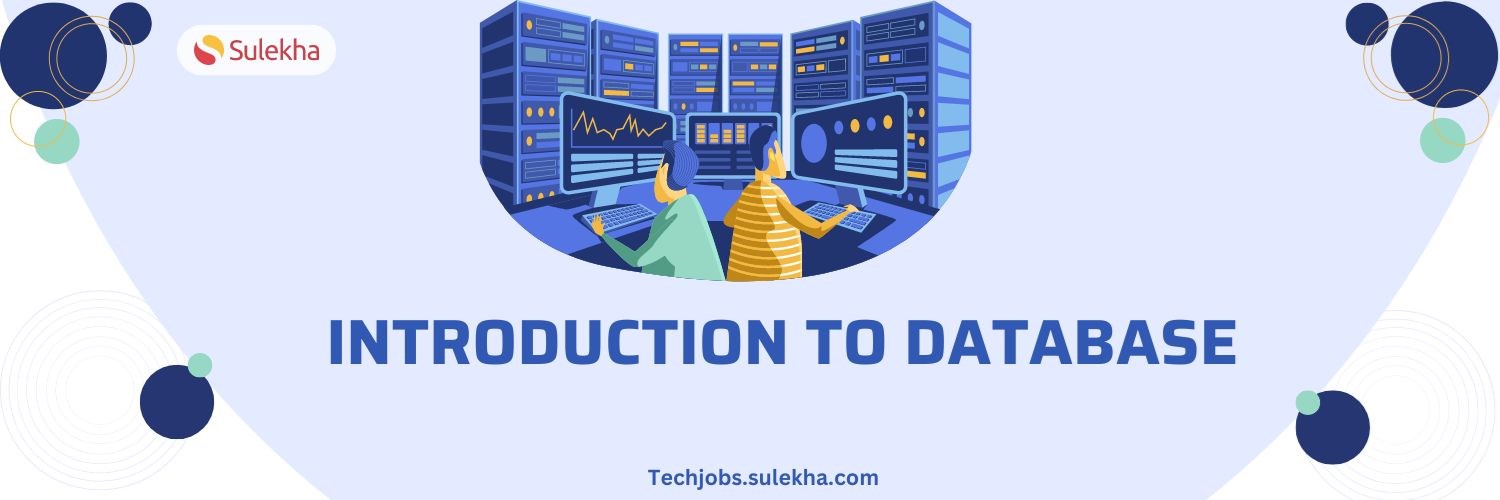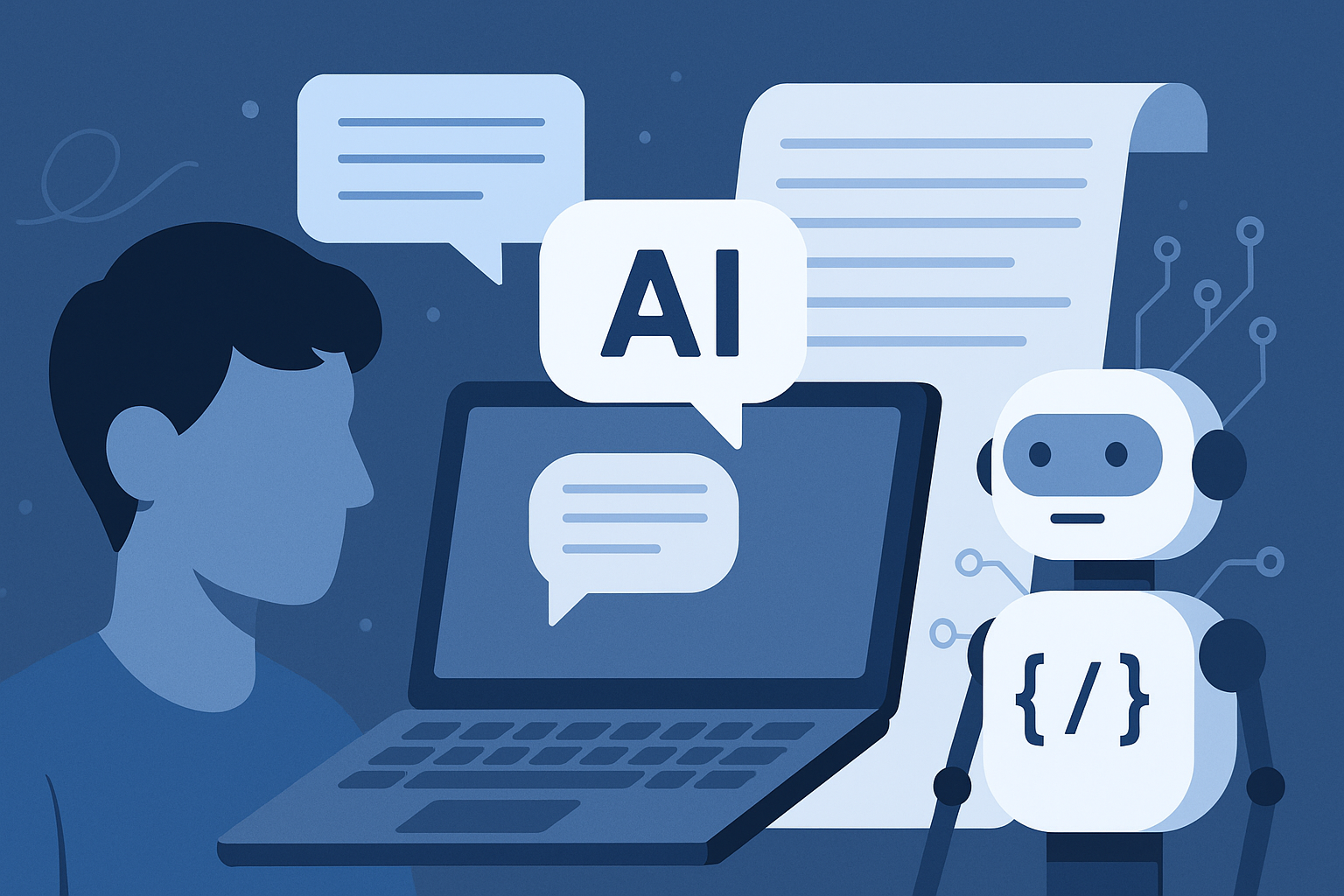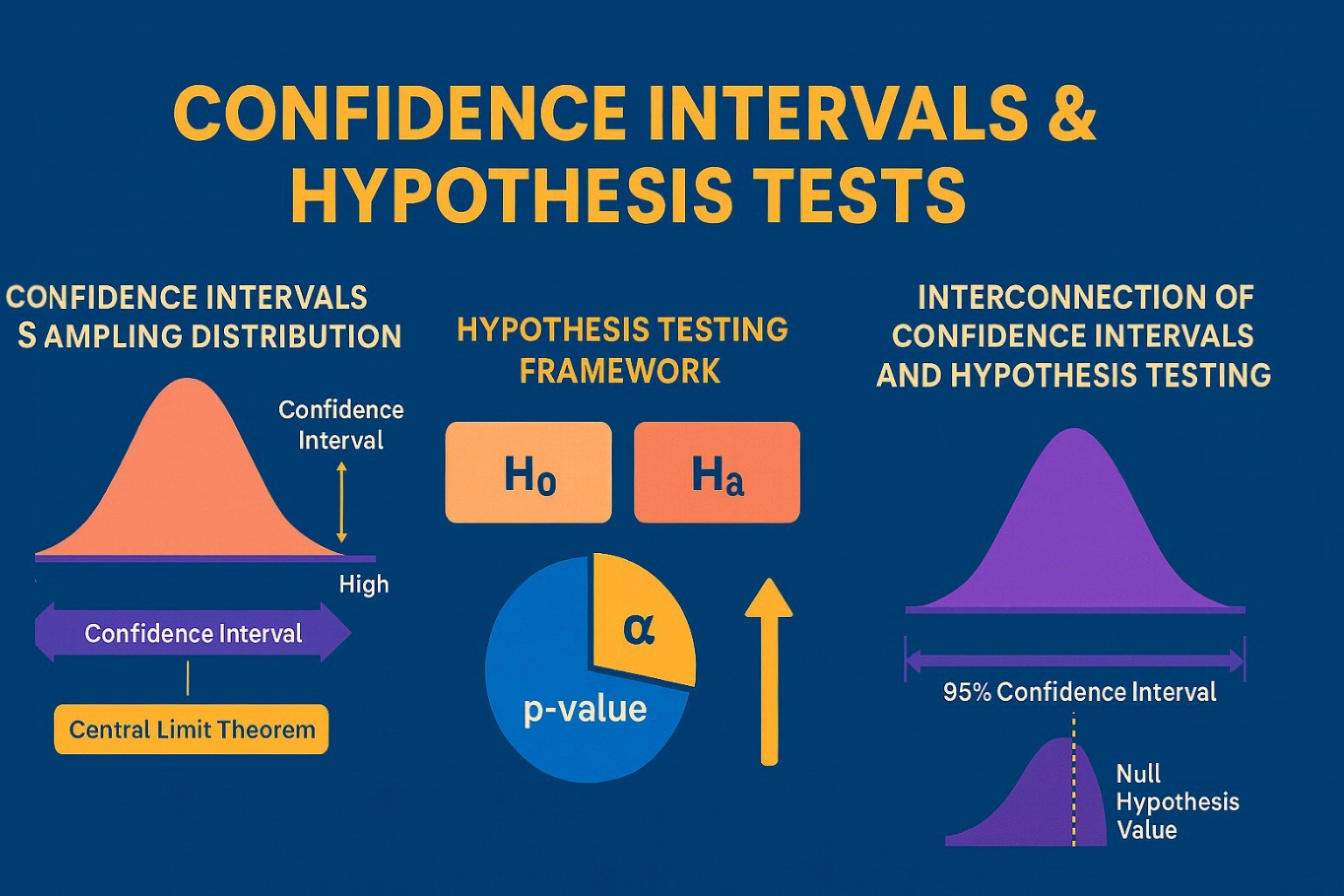INTRODUCTION TO DATABASES

INTRODUCTION TO DATABASES
What is a Database?
A database is an organized assortment of data that is stored electronically. A database allows data retrieval and management. A database is a foundation for a simple website to complex enterprise applications.
Definition of database
A database is a group of methodical information stored on a computer system in electronic format. A data base is controlled by a database management system- DBMS.
Purpose of a database
The purpose of a database is to store data in a particular manner that is simple to retrieve, update, and manage.
Evolution of a database
The initial concept of a database was developed in the 1960s. The early databases were simple but not flexible. The concept of a navigational database became popular in the 1980s. Some examples of databases that evolved during the 1980s were tree-like models and network databases. Relational databases also became popular during the 1980s.
In the 1990s, object-oriented databases became popular. Some examples of object-oriented databases are Object DB, IBMDB2, etc. With the advent of web 2.0, NoSQL became popular in the 2000s. The boom of the Internet and unstructured data gave rise to NoSQL, which supported agile, unstructured data. In recent times, cloud databases and self-driven databases have been in vogue.
Types of databases
There are several types of databases. The type of database to be used depends on the organizational data storage and retrieval need. Some databases are:
Relational database: A relational database organizes the data into a table form with rows and columns. A relational database is suitable for structured data storage. A few examples of a relational database are MySQL, PostgreSQL, Oracle, and Microsoft SQL Server
Object-oriented database: The object-oriented database organizes the data into objects as in object-oriented programming. A few examples are db4o and ObjectDB.
Distributed databases: In a distributed database, the data is stored across multiple computers. The data is in two or more files on different sites or networks. A distributed database can improve the performance and reliability of the data.
Dataware houses: A data warehouse is designed to resolve and analyze quick queries. A data warehouse is an enterprise system that analyses structured and unstructured data in point-of-sale, marketing automation, and customer relationships. The data received from multiple sources is analyzed and reported.
NoSQL database: The extensive data application uses NoSQL to suit unstructured and semi-structured data. Some examples are MongoDB, Cassandra, and CouchDB.
Cloud databases: The databases are stored and accessed over the cloud. Examples include Amazon RDS, Google Cloud SQL, and Microsoft Azure SQL Database.
Database operations:
The database operations are called CRUD operations, which are created, read, updated and deleted.
Create: The database is created with new data
Read: The data is retrieved from the database
Update: The data is modified in the database
Delete: The data is removed from the database.
Transactions: The transactions in a database are a single logical unit of work.
Database components
The following is comprised of a database, which is the critical component.
Data: Data includes numbers, text, images, and multimedia files. All these raw forms of data are stored in a database.
Schema: A schema in a database has several constraints, such as table names, data types, fields, databases, and the relation between all these entities. Schemas can be conceptual, logical, or physical.
Database management system: Database management is an interface between users and data. A database allows users to retrieve, update, and manage the data flow in and out of the database. A DBMS also facilitates the control of several administrative services, such as performance monitoring, tuning, and data recovery.
Conclusion: A database is an integral part of IT infrastructure. If you wish to learn more about databases, please enroll in our Databases course.
Take the next step towards your professional goals in Database Management
Don't hesitate to talk with our course advisor right now
Receive a call
Contact NowMake a call
+1-732-338-7323Latest blogs on technology to explore

From Student to AI Pro: What Does Prompt Engineering Entail and How Do You Start?
Explore the growing field of prompt engineering, a vital skill for AI enthusiasts. Learn how to craft optimized prompts for tools like ChatGPT and Gemini, and discover the career opportunities and skills needed to succeed in this fast-evolving indust

How Security Classification Guides Strengthen Data Protection in Modern Cybersecurity
A Security Classification Guide (SCG) defines data protection standards, ensuring sensitive information is handled securely across all levels. By outlining confidentiality, access controls, and declassification procedures, SCGs strengthen cybersecuri

Artificial Intelligence – A Growing Field of Study for Modern Learners
Artificial Intelligence is becoming a top study choice due to high job demand and future scope. This blog explains key subjects, career opportunities, and a simple AI study roadmap to help beginners start learning and build a strong career in the AI

Java in 2026: Why This ‘Old’ Language Is Still Your Golden Ticket to a Tech Career (And Where to Learn It!
Think Java is old news? Think again! 90% of Fortune 500 companies (yes, including Google, Amazon, and Netflix) run on Java (Oracle, 2025). From Android apps to banking systems, Java is the backbone of tech—and Sulekha IT Services is your fast track t

From Student to AI Pro: What Does Prompt Engineering Entail and How Do You Start?
Learn what prompt engineering is, why it matters, and how students and professionals can start mastering AI tools like ChatGPT, Gemini, and Copilot.

Cyber Security in 2025: The Golden Ticket to a Future-Proof Career
Cyber security jobs are growing 35% faster than any other tech field (U.S. Bureau of Labor Statistics, 2024)—and the average salary is $100,000+ per year! In a world where data breaches cost businesses $4.45 million on average (IBM, 2024), cyber secu

SAP SD in 2025: Your Ticket to a High-Flying IT Career
In the fast-paced world of IT and enterprise software, SAP SD (Sales and Distribution) is the secret sauce that keeps businesses running smoothly. Whether it’s managing customer orders, pricing, shipping, or billing, SAP SD is the backbone of sales o

SAP FICO in 2025: Salary, Jobs & How to Get Certified
AP FICO professionals earn $90,000–$130,000/year in the USA and Canada—and demand is skyrocketing! If you’re eyeing a future-proof IT career, SAP FICO (Financial Accounting & Controlling) is your golden ticket. But where do you start? Sulekha IT Serv

Train Like an AI Engineer: The Smartest Career Move You’ll Make This Year!
Why AI Engineering Is the Hottest Skillset Right Now From self-driving cars to chatbots that sound eerily human, Artificial Intelligence is no longer science fiction — it’s the backbone of modern tech. And guess what? Companies across the USA and Can

Confidence Intervals & Hypothesis Tests: The Data Science Path to Generalization
Learn how confidence intervals and hypothesis tests turn sample data into reliable population insights in data science. Understand CLT, p-values, and significance to generalize results, quantify uncertainty, and make evidence-based decisions.